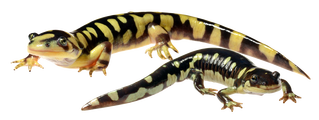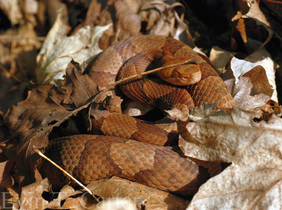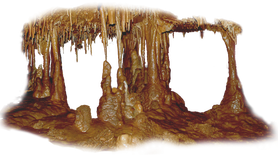My research follows an integrative approach to the development of theory and methods for biodiversity conservation. Current questions are centered on interactions between life history complexity, physiology, and the environment and how this information can be used to improve evolutionary models. I am driven and fascinated by the varying temporal [and spatial] scales of biodiversity [conservation], including how these different scales align with measurable traits, from genes to complex behaviors. This leads me to work with myriad organisms and habitats, but my primary study organisms include SNAKES (emphasis on pit-vipers and resource selection) and SALAMANDERS (emphasis on life history and aquatic systems, including CAVES.).
Major Research Interests:
- Linking physiology and life history to understand evolutionary processes at multiple scales
- Understanding and mitigating mechanistic impacts of invasive species
- Ectotherm spatial ecology and resource selection
- Using concepts from above to improve conservation management
Current major projects
Multiscale Dynamics of Hybridization Between a Threatened Salamander and its Introduced Congener

A primary goal of invasion biology is to identify the processes that influence success of invaders and susceptibility of native systems to invasion. Most evidence suggests invasiveness and invasibility are context-dependent and highly case-specific. This view has limited progress in the development of theory (and broadly-applicable methods of management) for biological invasions, and it was only relatively recent that predictions and screening schemes for invasive taxa began to consider both organism traits and characteristics of recipient environments. The recent findings that physiological niche can explain the success of a large number of invaders is promising given the potential for mechanistic predictions aimed at particular species and recipient habitats. Altered niche might be particularly relevant when dealing with hybridization given the potential for recombination of divergent genomes to generate novel phenotypes (i.e., transgressive segregation). We are using a tiger salamander system of major conservation concern to (1) test the power of physiology and life history in predicting invasion success in different environments, (2) explore the role of transgressive segregation and environment-dependent selection in shaping hybrid zone dynamics, and (3) promote a broadly applicable mechanistic framework for screening and predicting invasibility in particular recipient environments.
Molecular Ecology of Copperheads

I am also assessing genetic diversity and isolation of copperhead (Agkistrodon contortrix) populations in Indiana to determine their true conservation status in the state. While they remain relatively abundant in some portions of southern Indiana, the majority of populations appear to be completely isolated and declining rapidly. Interestingly, most declining populations inhabit rocky canyons and gorges in comparison to the oak-hickory ridges where more stable populations occur. Results from radiotelemetry work suggest that management strategies will need to be specific to each major region, possibly owing to differing susceptibilities to exotic plant invasion, which reduce thermally profitable habitat for many ectotherms. This work has also led to questions involving phenotypic plasticity and adaptive potential with regard to the appropriateness of current management plans (for additional species).
North American Subterranean Biodiversity

While isolation in perpetual darkness presents unique challenges to life underground, subterranean systems often harbor considerable undiscovered biodiversity. I am broadly interested in the origin and maintenance of biodiversity in sensitive and understudied cave environments. In addition to documenting and conserving cave life, I am currently expanding several research questions to (1) address the physiological adaptations and life history strategies that make life in caves possible, (2) apply these mechanisms to better predict responses to global change both above ground (climate and land use over caves) and below ground (invasion by nonnative taxa), and (3) to better understand dispersal capacity in troglobiotic taxa, which by definition are incapable of overland dispersal.
